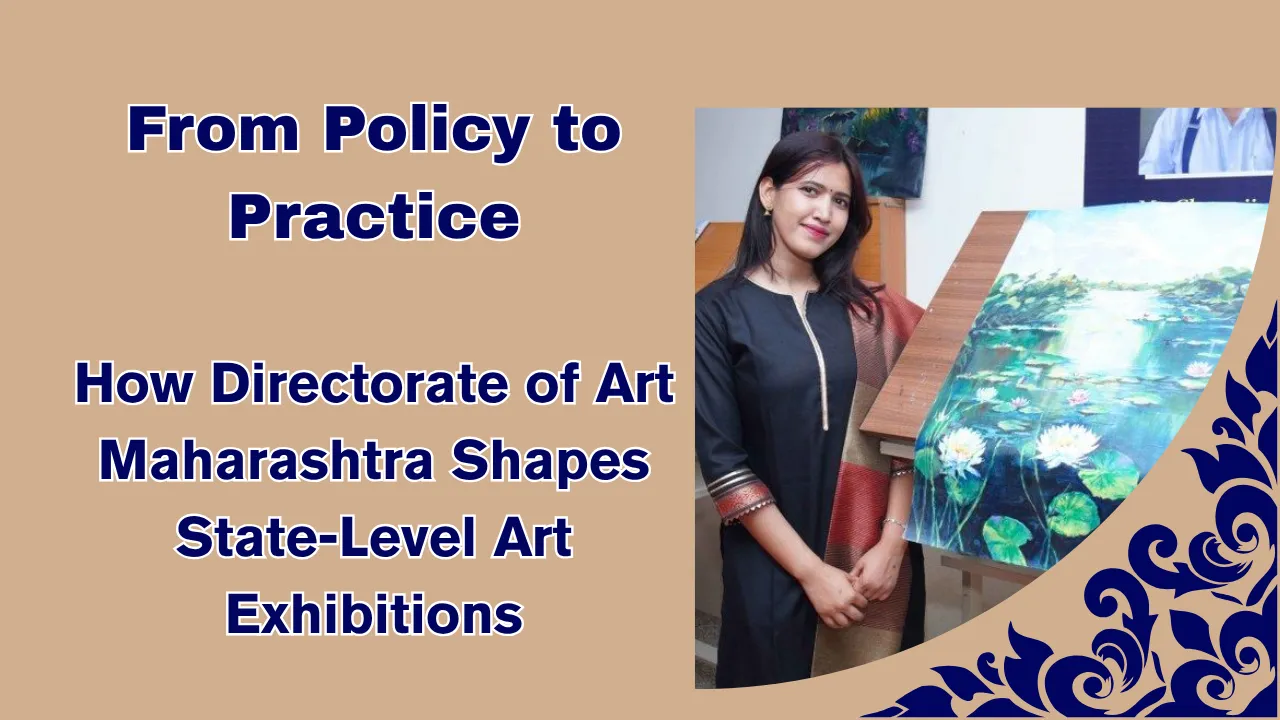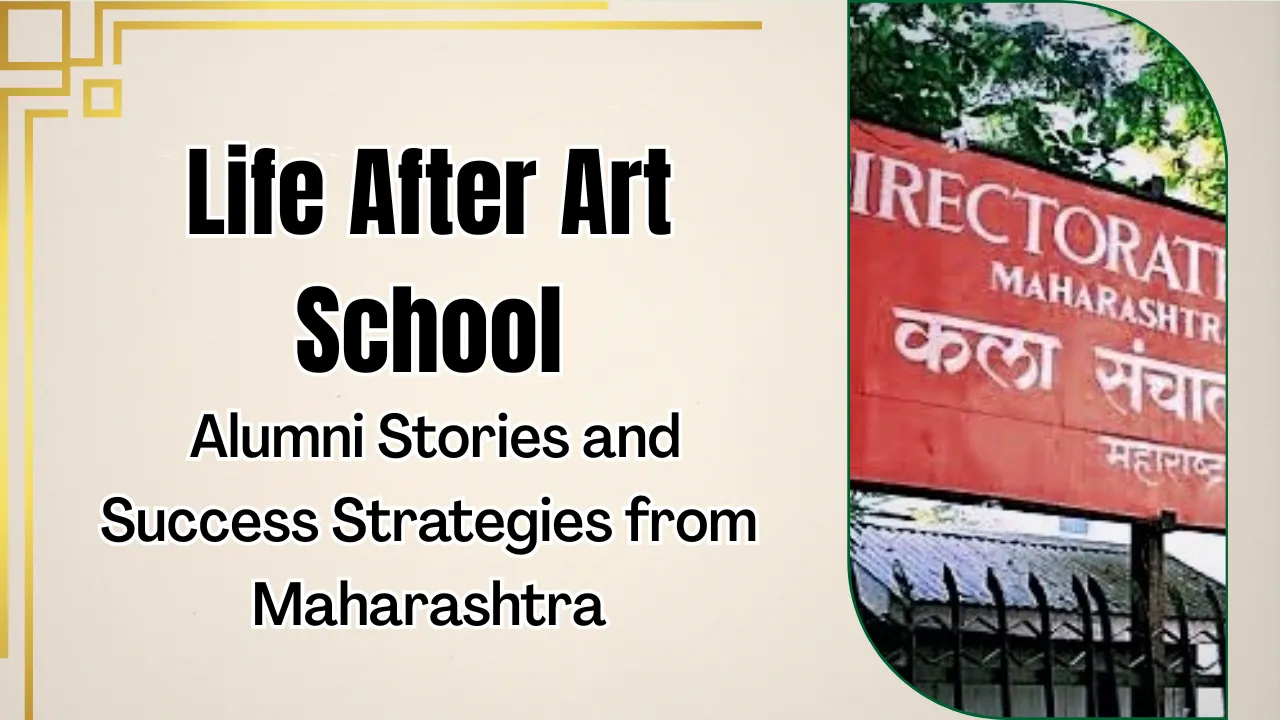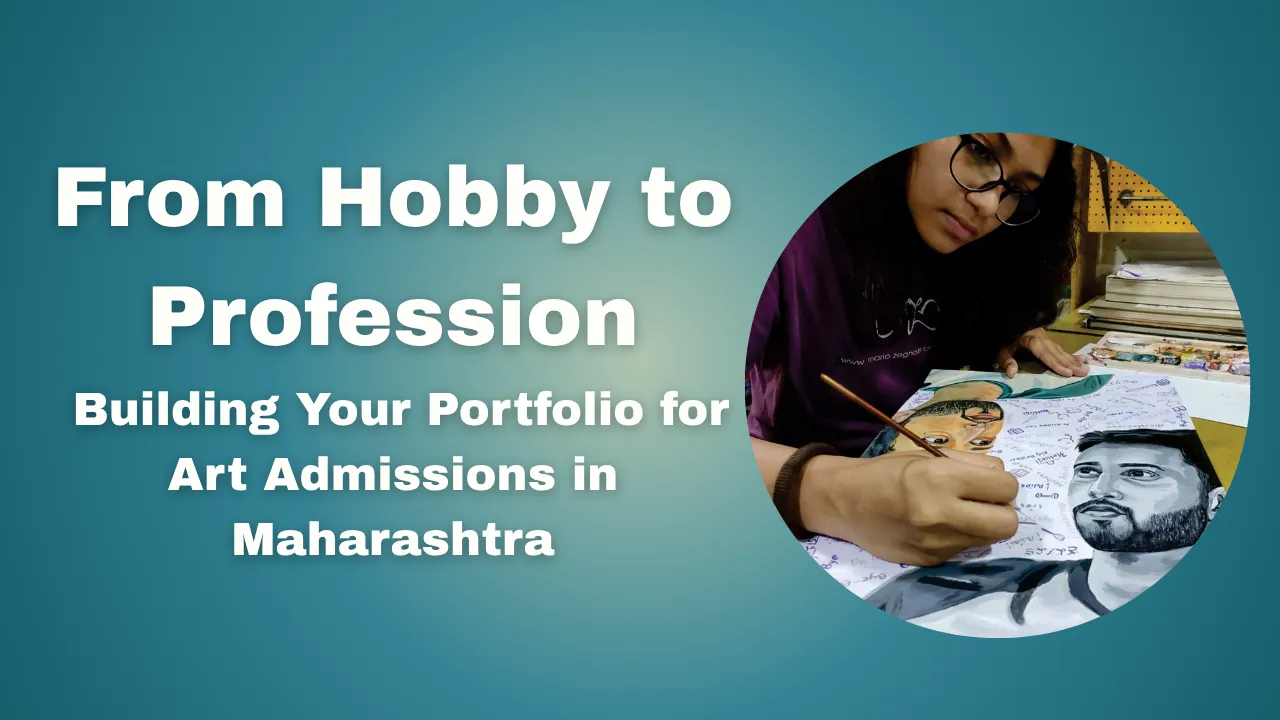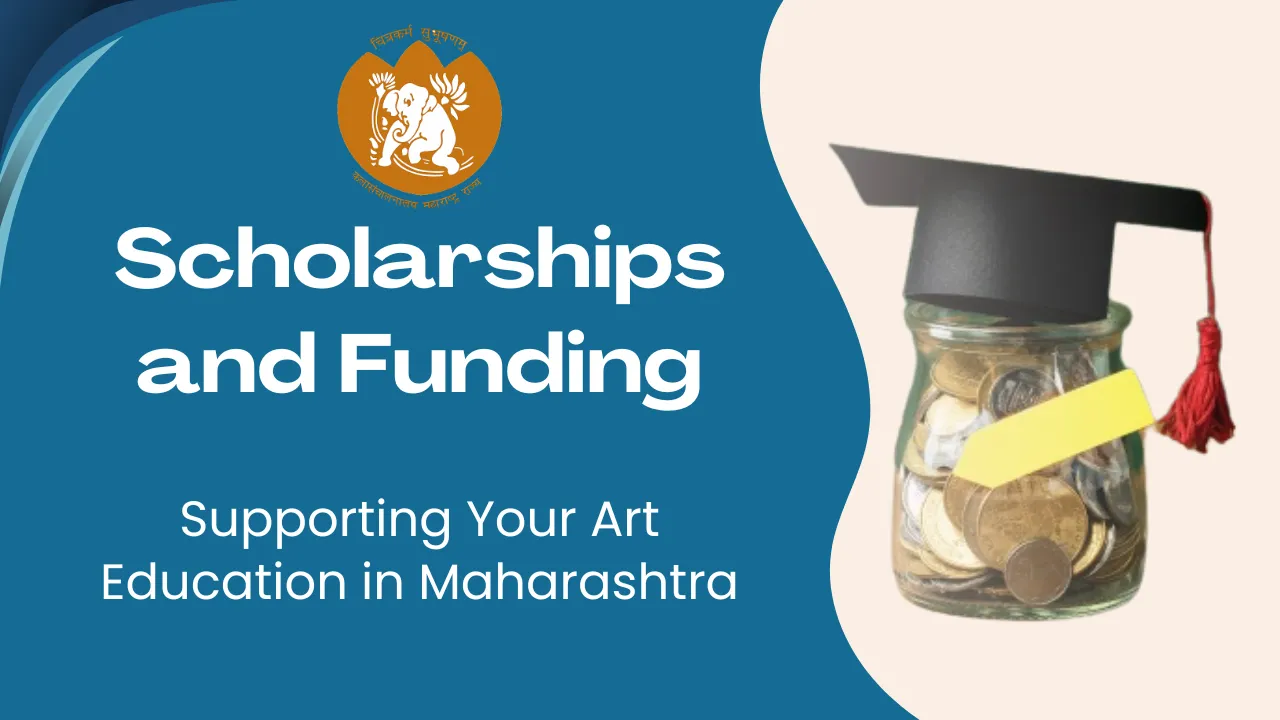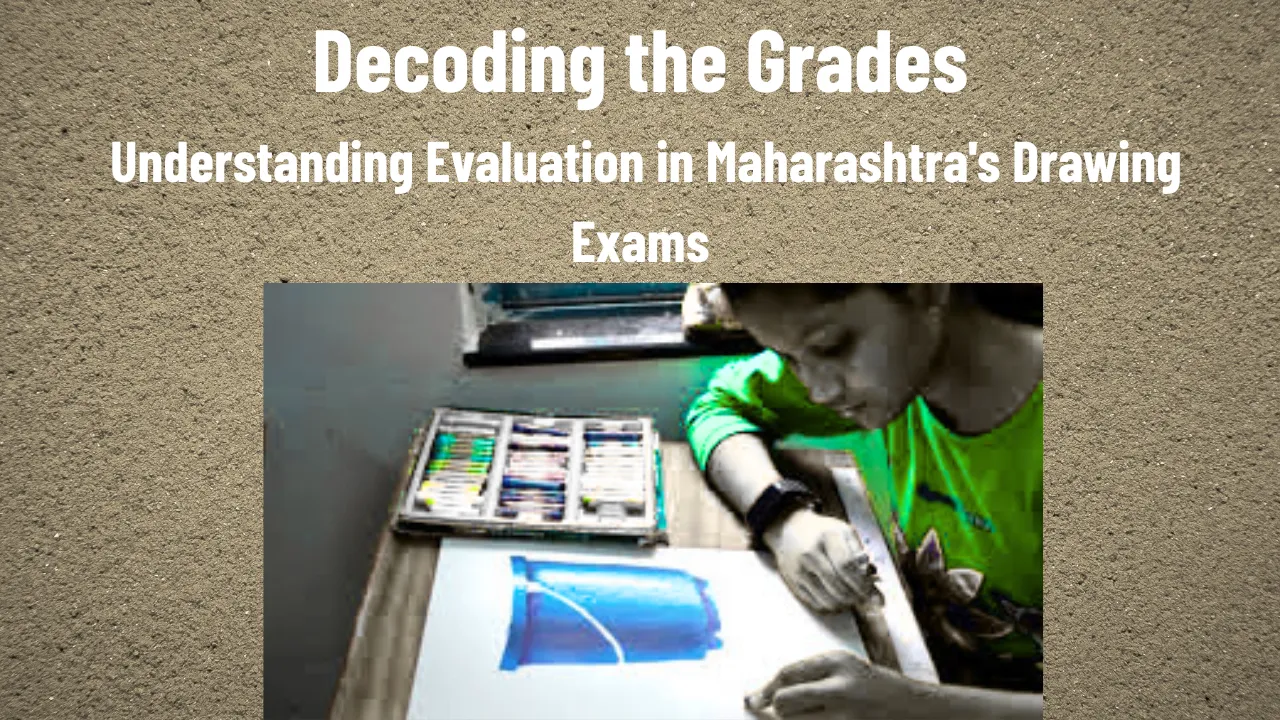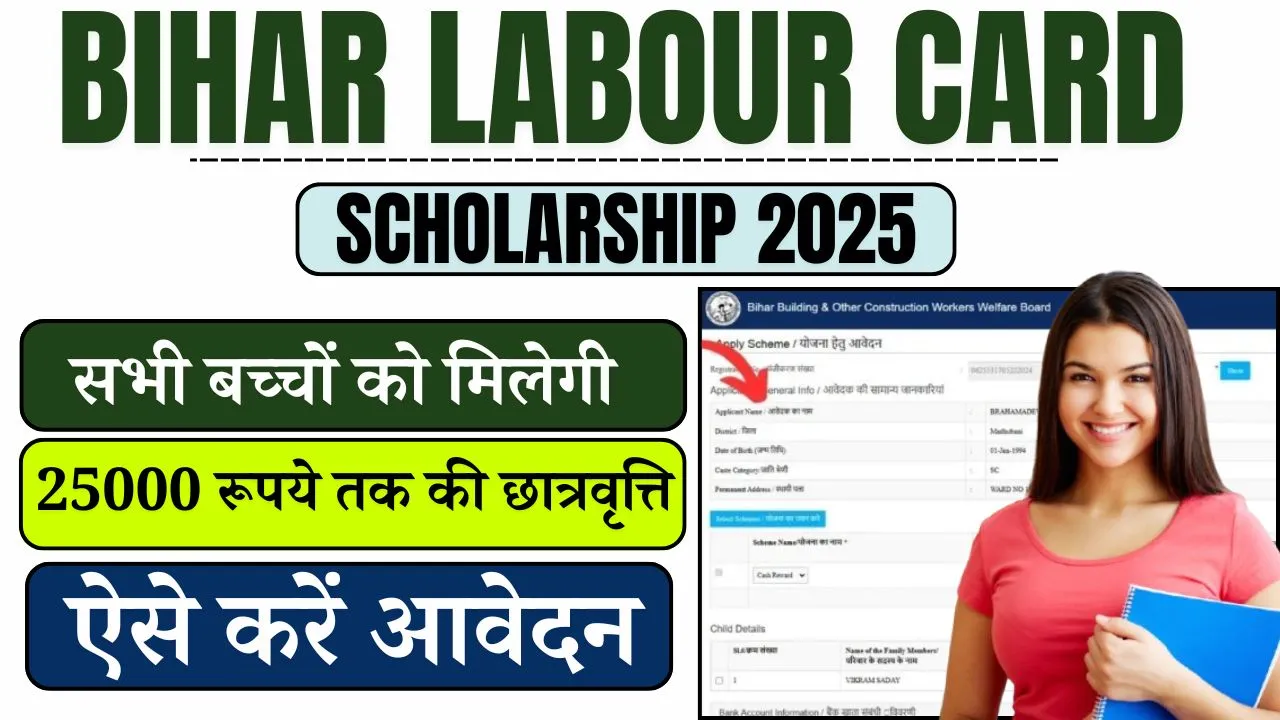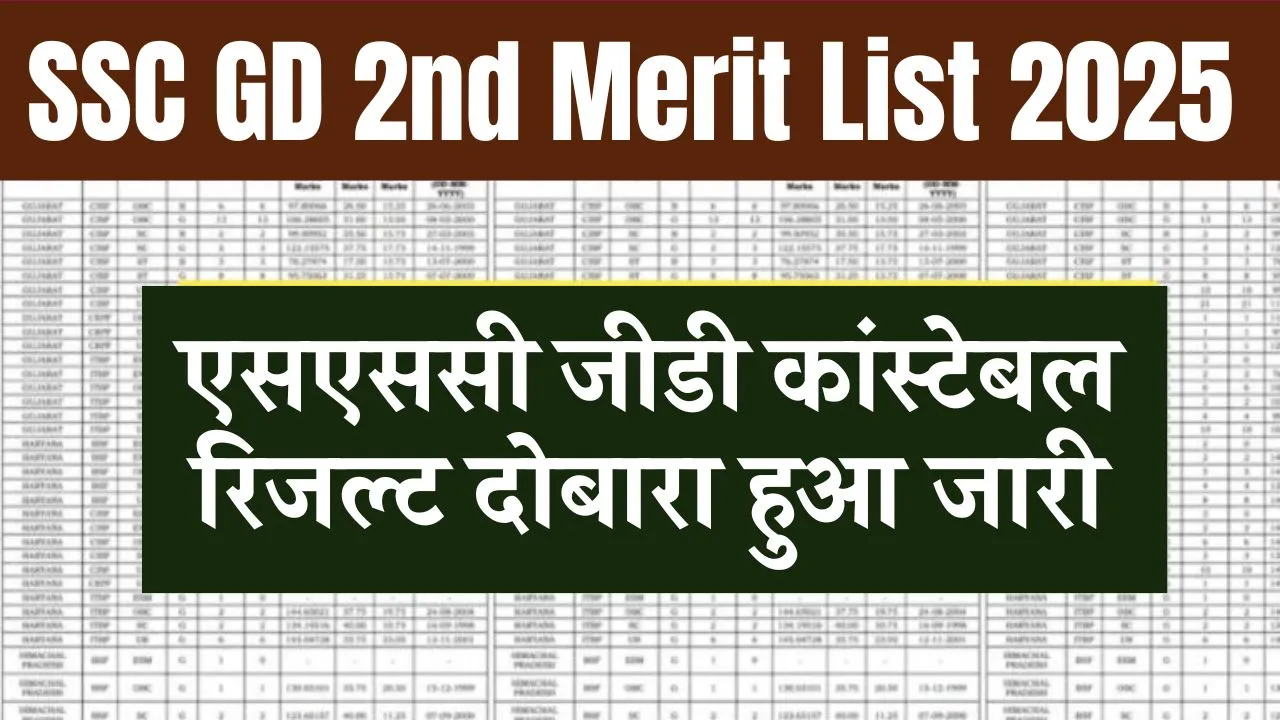Maharashtra State Art Exhibition: Art doesn’t thrive in isolation. It grows in environments where education, opportunity, and exposure intersect. In Maharashtra, the Directorate of Art (DOA) plays a central role in creating that space—not only through education but also through practical platforms like the prestigious Maharashtra State Art Exhibition.
More than just an event, this exhibition is where policy meets practice. It brings to life the DOA’s mission to support, recognize, and nurture artistic talent throughout the state. Let’s explore how the Directorate’s policies translate into real-world experiences for artists and students alike.
Setting the Stage: The Policy Vision Behind the Exhibition
The foundation of the State Art Exhibition is built on a set of thoughtful, forward-looking policies that guide the DOA’s work.
1. Standardizing Art Education
At its core, the DOA ensures that every student enrolled in its affiliated institutions gets a high-quality, structured education in the visual arts. This standardization ensures that all students, no matter where they study in Maharashtra, are equipped with foundational skills and an artistic vocabulary. This uniformity makes the exhibition a level playing field for emerging talent.
2. Identifying and Promoting Talent
One of the DOA’s key goals is to spot and elevate new talent. The exhibition is a direct reflection of this aim, giving students and artists a chance to step into the spotlight and share their creative voice with the public.
3. Encouraging Public Engagement with Art
By hosting exhibitions open to everyone, the DOA makes art more accessible to the community. It’s not just about the artists—it’s about inviting the public to connect with Maharashtra’s creative spirit.
4. Preserving Traditional Art Forms
Policies that protect and promote regional art traditions—such as Warli, Paithani, and Bidri—are mirrored in the exhibition’s categories. Students are encouraged to experiment with or pay homage to these timeless styles, keeping them alive for future generations.
5. Fostering Inclusivity
The DOA ensures that everyone has a chance to participate. The inclusion of a “Divyang” (differently-abled) category in the exhibition is a shining example of inclusive policy translated into action.
Policy in Motion: The Exhibition Comes to Life
Here’s how the DOA’s big-picture goals translate into real, meaningful steps during the annual State Art Exhibition.
1. Thoughtful Categorization
The exhibition covers a broad artistic range—painting, sculpture, printmaking, applied art, and Indian traditional art. Separate categories for students and professionals ensure that emerging talent isn’t overshadowed by seasoned artists, creating a supportive yet competitive atmosphere.
2. Clear and Fair Entry Guidelines
Each year, the DOA releases detailed rules for participation. Students must be enrolled in DOA-affiliated institutions. Entries are judged on originality, and technical guidelines (like size or medium) are clearly outlined to maintain consistency and professionalism across the board.
3. Transparent Jury Selection
The selection process is rigorous but fair. A jury of respected artists, educators, and critics reviews every submission. For example, in the 64th exhibition, over 4,700 artworks were submitted, with only the best selected for display. This ensures credibility and boosts the confidence of those chosen.
4. Prestigious Awards and Recognition
The awards aren’t just symbolic—they’re career-boosting. Winners receive certificates, cash prizes, and statewide recognition. The presence of dignitaries like the Governor of Maharashtra during the awards ceremony adds another layer of honor.
5. High-Quality Venues and Logistics
The DOA ensures that both student and artist categories get the spotlight they deserve. For example:
- Jehangir Art Gallery in Mumbai may host the professional category.
- Government Art Colleges in cities like Nagpur may host student displays.
This strategic venue selection not only ensures quality display environments but also spreads the exhibition’s cultural reach across the state.
6. Engaging the Public
Exhibitions are open to all, encouraging citizens to engage with local art. Catalogues are often published, serving both as a reference for collectors and a lasting tribute to the event’s creative output.
Final Thoughts: Where Policy and Passion Meet
The Maharashtra State Art Exhibition is more than a showcase—it’s a carefully constructed platform rooted in vision, supported by structure, and driven by passion. It proves that when educational policy is thoughtfully designed and actively implemented, it doesn’t just stay on paper—it empowers people, uplifts art, and shapes the cultural fabric of the state.
From young students nervously submitting their first work to seasoned artists presenting their finest pieces, every participant becomes part of a larger mission: to celebrate creativity and ensure that Maharashtra continues to lead in visual arts, both in education and expression.
